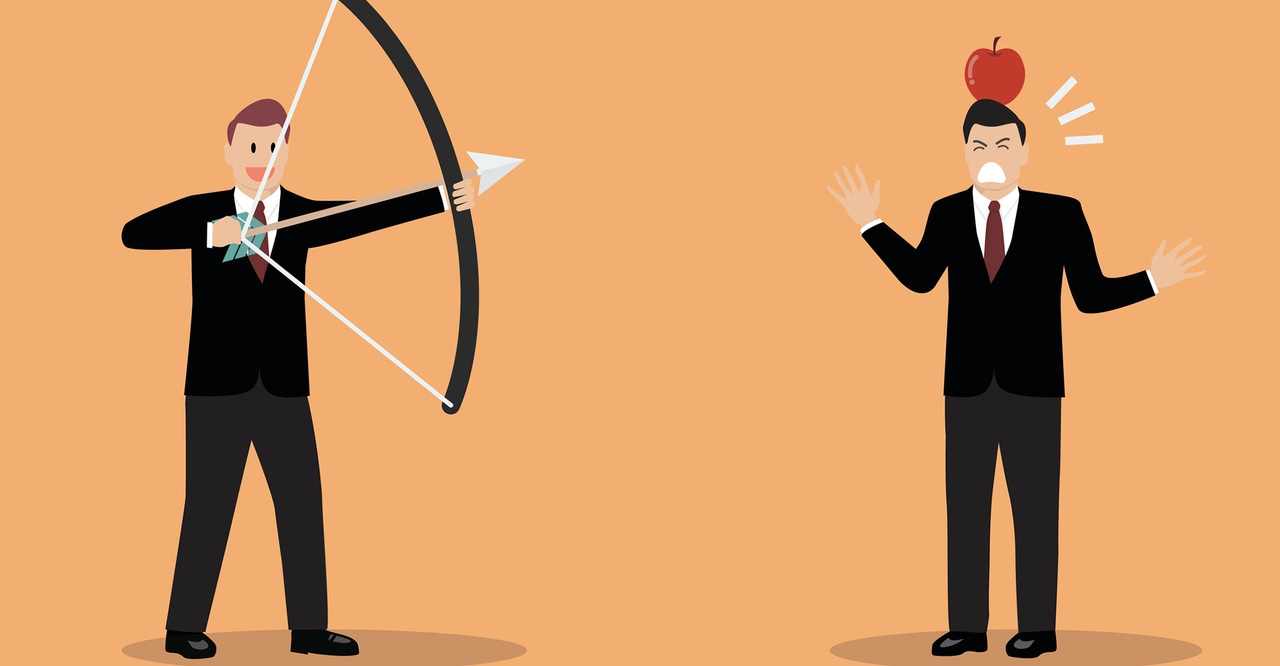Six Personal Interactions to Help Build Client TrustSix Personal Interactions to Help Build Client Trust
There's neuroscience behind building trust.

Already have an account?
TAMPA — “It’s refreshing to hear your research — empirical data that shows the impact of ‘trust’ on the advisor-client relationship. But it seems that we’re at a disadvantage as advisors because everyone, especially the affluent, are so distrusting.” Perry explained with a concerned demeanor, and then asked, “What’s your advice on building trust?”
After giving the standard response of “do what you say, say what you do,” I shared what Paul Zak wrote about in his January-February Harvard Business Review article The Neuroscience of Trust.
My apologies for the science jargon, but it’s important to understand the critical role that the hormone oxytocin (produced primarily in the hypothalamus) plays in human behavior, specifically trust.
In lay terms, oxytocin is activated by positive social interactions. And when our oxytocin levels are higher, our trust factor is higher. So the real question that Paul Zak was addressing was, “How does one raise their levels of oxytocin?”
I’ve taken the liberty of transposing Zak’s years of research on oxytocin and how one can elevate their levels to address Perry’s question, “How can you raise the level of oxytocin in others?”
As you peruse the following, think in terms of your interactions with clients, prospects, COIs or basically any type of personal encounter.







